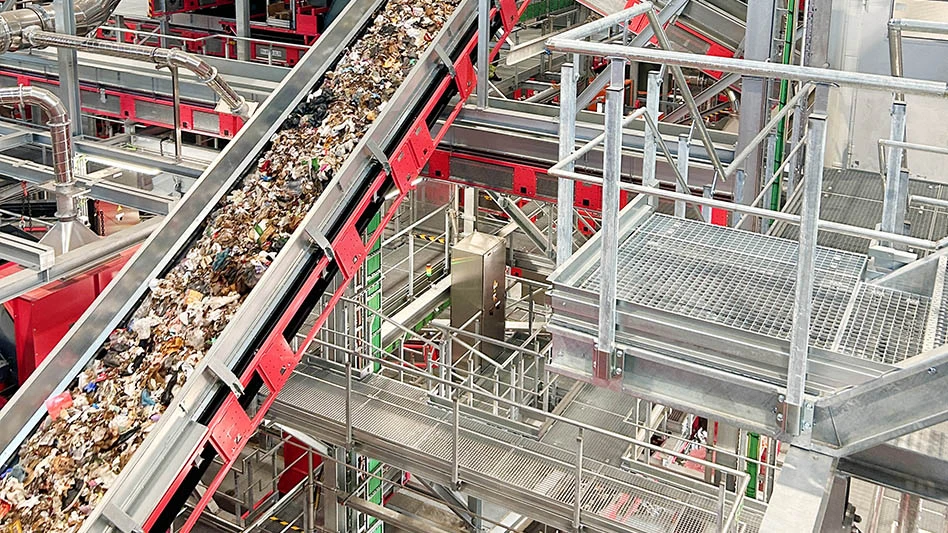
Waste and recycling is a people business. In fact, one could argue that all businesses are, at some level, people businesses. But, with labor shortages and increasingly sophisticated equipment, workforce inefficiencies recently have been a sharper focus for hauling companies, municipalities, material recovery facility (MRF) managers and others.
With increasing frequency, we hear that training is a key operational concern for haulers and MRF operators. Haulers, in particular, are focused on recruiting from a largely untapped labor source: women. Our article titled “Putting women in the driver’s seat” explores some of the specific issues and challenges women face when starting careers as drivers for waste haulers.
Out of the gate, misconceptions about the industry are a challenge because waste collection has evolved in so many areas. As is the case in manufacturing, MRFs and other industries, technology has transformed waste collection dramatically over the past couple of decades.
While rear-load trucks still operate, many haulers now employ automated side loaders (ASLs) and front-end loaders (FELs), which are, of course, nothing particularly new to the industry. However, when people in the wider public think of waste collection, ASLs and FELs might not immediately jump to mind. So, finding ways to enable women and others who may struggle to pick up heavy bins and toss them into the back of a truck is key to recruiting. Haulers and truck manufacturers also have supported the sentiment that automation and technology in trucks can help recruit younger workers who have come of age with tablets and apps.
Once an employee is hired—whether that’s by a hauling company, a MRF or a composting facility—training is the next step. Depending on the equipment involved, that can be a long or short process. Andrea Rodriguez, director of engineering at FCC Environmental Services speaks to that in our article titled “Clearing the air,” which discusses dust and odor control at the Western Placer County Solid Waste Authority’s facility in Roswell, California, where the company is in the midst of a large upgrade to accommodate the additional volume anticipated in the coming years.
She says she values user-friendliness in equipment and software because it makes training faster and more efficient. And, if a company experiences high workforce turnover, training and user-friendly equipment become even more important.
While it’s important to include automation and technology to attract young workers, equipment also needs to be user-friendly enough to retain older employees. Solid ergonomics, reliability and support also are key considerations when purchasing equipment. While well-designed training can compensate for equipment that’s not absolutely intuitive, that could be hard to assess during the buying process.

Explore the July August 2023 Issue
Check out more from this issue and find your next story to read.
Latest from Waste Today
- Meridian organizes aid for flood victims
- Republic adds electric trucks, new landfill gas projects in 2024
- IEG hires general manager of service
- FZUK announces new commercial director
- Small-scale WTE partnerships
- Northwest Natural Renewables proposes Ohio landfill project
- US Senate backs reduced cuts to EPA
- Waste Connections announces Q2 results





